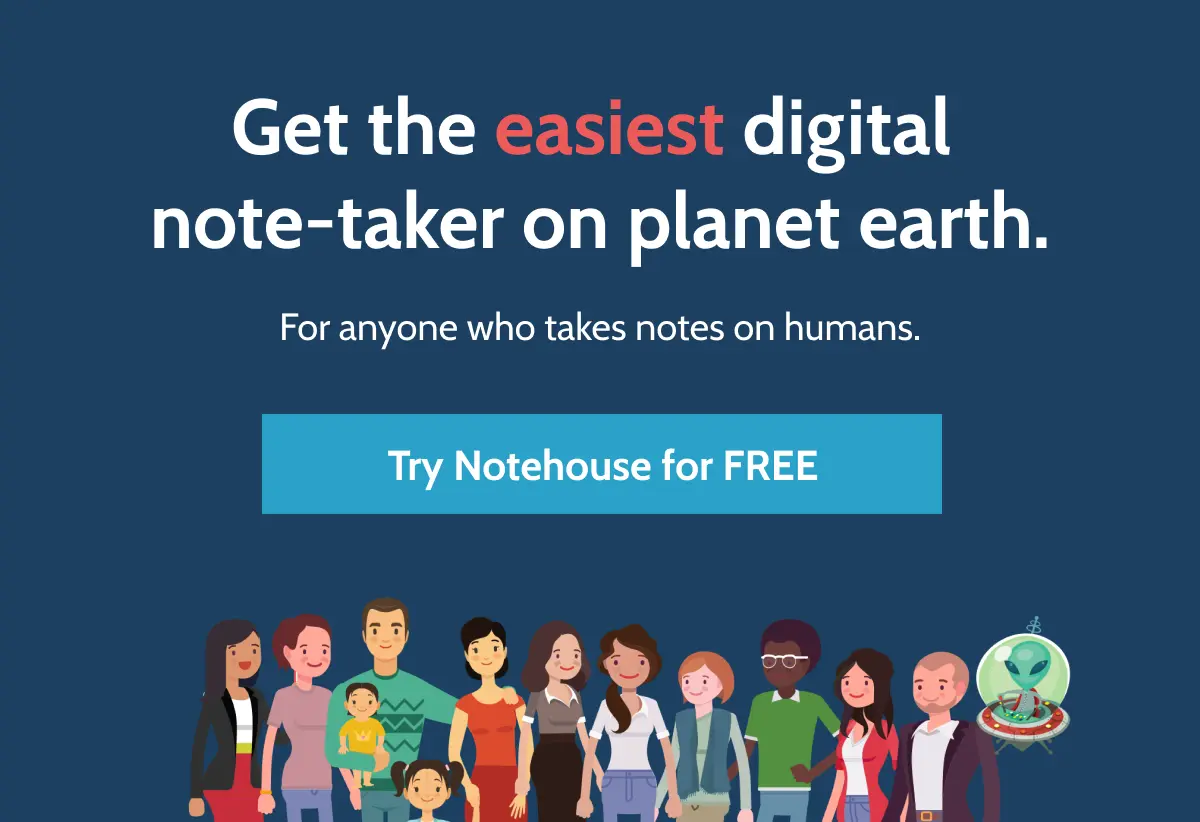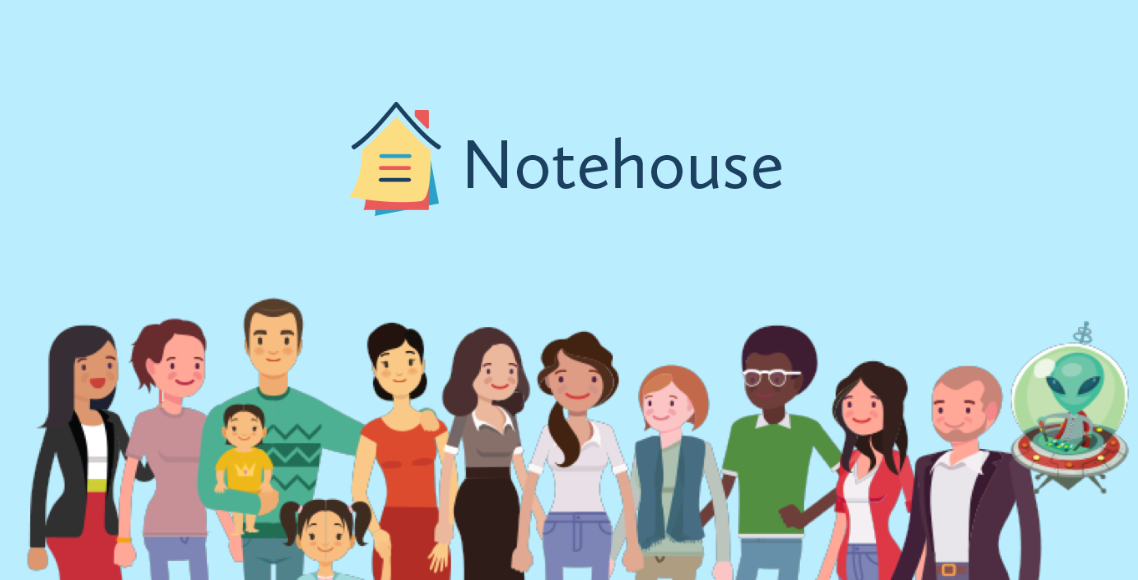How to Choose a CRM for Nonprofit Management
.pngpng.png)
Relationship management is an essential part of running a nonprofit. The average nonprofit organization needs to manage donors, vendors, and the people they help throughout the year. While this might start as a handful of records, it can grow into hundreds of contacts that your team needs to keep up with.
A customer relationship management (CRM) tool can streamline this process and make it easier to serve everyone who supports—or receives support from—your organization. It can help you maintain a high-level view of your operations while checking on individual donors and clients.
However, there are hundreds of CRM apps on the market, making it hard to choose the best one. Here’s our guide for choosing a CRM for your 501(c)(3).
Set a Budget
The first step in how to choose a CRM is making sure you can afford one. Before you start exploring apps and tools, determine how much you are willing to spend each month on your CRM systems. Many nonprofits operate on shoestring budgets, and you may need to get approval from your board for larger purchases.
For reference, Notehouse starts at $12 per user per month with our annual plan, giving you full access to all our features. It’s one of the most affordable CRMs on the market for the value it provides, offering a comprehensive set of tools with the flexibility to easily add more users as your team grows.
And that brings up an important point to consider along with price: make sure your CRM can scale with you. A CRM that suits a team of five should be just as useful when you have a team of 50. Thinking about scale can help you find a software tool you can continue using for years to come and make the most of those initial investments.
Ensure You Can Collaborate
Collaboration is essential when it comes to CRMs. Your organization will likely have multiple users in the tool at once, which means you need a software system that makes sharing and simultaneous workflows possible. The last thing you want is one person’s notes overriding another’s, causing confusion over which updates are the latest.
Explore CRMs that foster collaboration and encourage multiple people to contribute to the same document or update files. This way you don’t have to worry about stepping on any toes when you log in.
Test the Search Bar
You might be surprised at how quickly the files in your CRM build up. Meeting notes, client profiles, and donor information all require their own spaces and folders. Not only do you need to stay organized, but you also have to find specific files within a few minutes. A low-quality search tool can quickly frustrate your team and make it impossible to find specific documents.
When considering any CRM, put the search bar to the test. Make sure it is easy to use, offers many useful features, and has filters to search through specific files. This app should help you spend less time searching and more time using the files you need.
Explore the Organization Tools
While the search bar is a useful tool, it also helps when your CRM has existing organization systems in place. Ask your CRM provider to walk you through how each new record or document is organized within the system. See how much flexibility you have when customizing the layout, folders, and workflows.
Every company is unique and has its own system for sorting files. You shouldn’t feel like your nonprofit has to reorganize or give up your current system because of your CRM.
Find an App That Offers Ease of Use
There are a lot of things to consider as you decide how to choose a CRM, and the final factor is the hardest to describe. Simply put, you should enjoy the software you use. The system should be intuitive and easy to explore. It can even be fun to use! If you are testing out a new tool and find yourself (or your team) getting lost and frustrated, then it’s not a good fit for your nonprofit.
Our team at Notehouse has worked tirelessly to ensure our software is as easy to use as possible, and we believe a CRM should add more than just practical value to your business—it should help bring your nonprofit to life.
Discover the Perfect CRM for Nonprofits: Notehouse!
When considering how to choose a CRM platform, you’ll want to make sure it checks all the boxes above plus your specific organization’s needs. It should be budget-friendly, have collaboration and search capabilities, and be a joy to use. If an app doesn’t meet these needs, move on to the next one.
Our team at Notehouse is eager to prove that we have the best CRM for your nonprofit. We pride ourselves on our collaboration tools and functionality, and we’ve made our CRM customizable to your specific needs. Try Notehouse today for free, and see what a difference a great CRM for nonprofits can make!
.png)

.png.png)
.png.png)
.png.png)